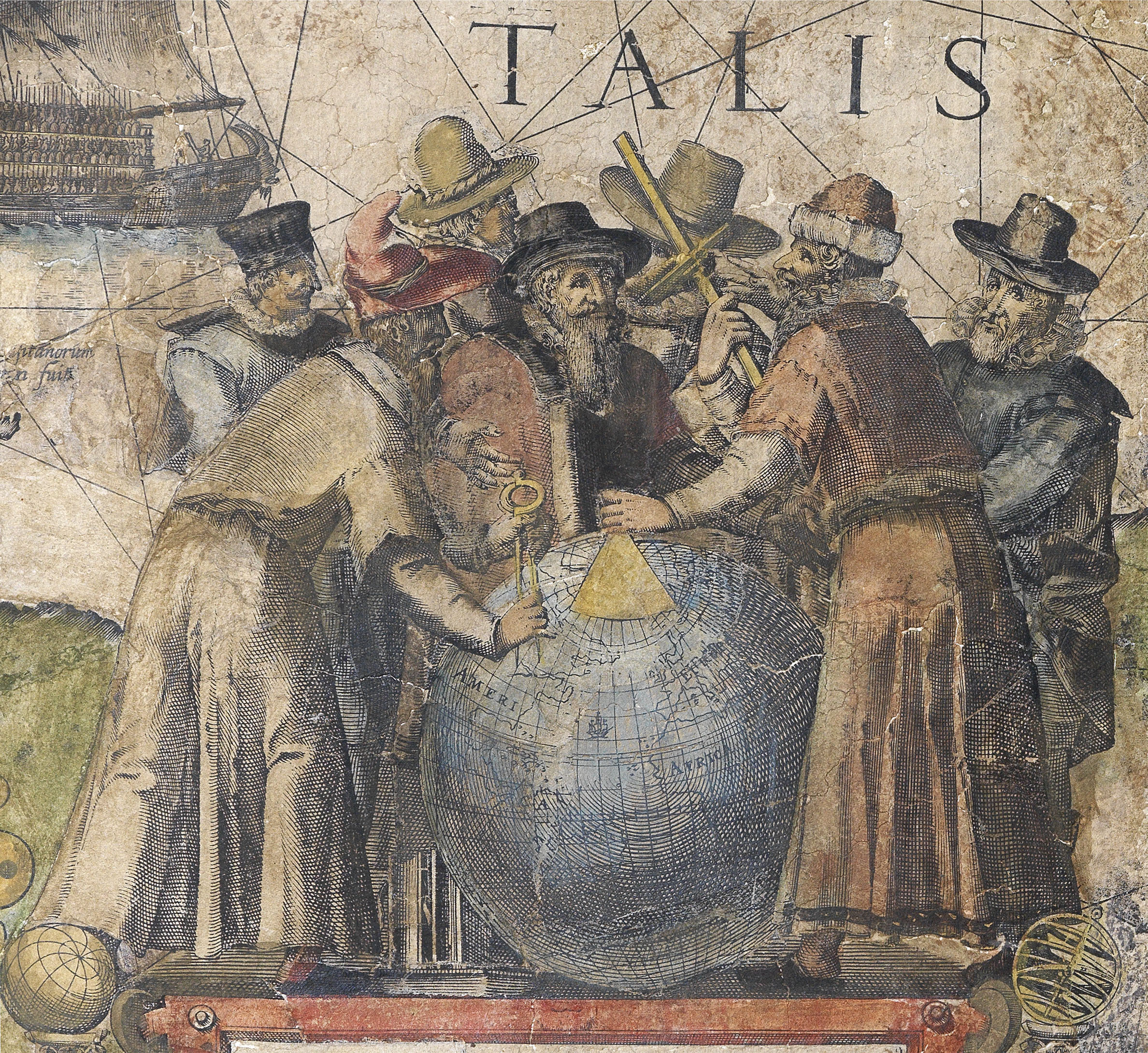Benedetto di Bordone
(c1460 - 1530)

A Paduan cartographer, woodcutter, and illuminator of manuscripts, Benedetto di Bordone, first appears in records at his own wedding in Padua in 1480. In 1492, his mother registered her will, probably also died, and Bordone moved to Venice, then or soon after, remaining until 1529. There, he gained a reputation as a prolific painter of miniatures for religious and classical texts, and official ducal documents for Venetian noblemen; dominating the style of book illumination there from the mid-1490s to the 1520s.
On four separate occasions Bordone is recorded as having applied to the Venetian Senate for privileges to publish books or woodcuts. In 1494, he received a privilege to publish works by Lucian in Latin, which were printed in Venice by Simon Bevilaqua. At the end of March 1504, he was granted a privilege to publish woodcuts of a Triumph of Caesar. Tantalizingly, nothing remains of Bordone’s plan to publish a woodcut map of Italy, and a world map “in the round form of a ball”, in 1508. The fourth application was to publish the Libro di Benedetto Bordone, of 1526. It was printed by Nicolo Zoppino two years later, and dedicated to Bordon’s nephew, Baldassare Bordone.
In 1499, the humanist printer Aldus Manutius, published his Hypnerotomachia Poliphili, the most celebrated illustrated printed book of the Italian Renaissance and the epitome of Aldine design, with woodcut decorations that have been attributed to Bordone.
In cartographic circles, Bordone is best remembered for his Isolario, or book of islands, which guides its reader on a voyage through the Mediterranean, Atlantic, and Indian oceans; far exceeding the horizons of his predecessors, Cristoforo Buondelmonti and Bartolomeo dalli Sonetti, whose Isolarios were primarily concerned with the Aegean archipelago.
Bordone made his will in Venice in 1529. To his son Giulio he left “omnes libros meos, videlicet astronomie et philosophic” – “all my books, namely astronomy and philosophy”. The following year he made another will in Padua, where he was living in the home of his nephew Baldassare. Benedetto died there soon after and was buried in the church of San Daniele.
 地图
地图  地图集
地图集  珍本
珍本  版画
版画  天文仪器
天文仪器 






